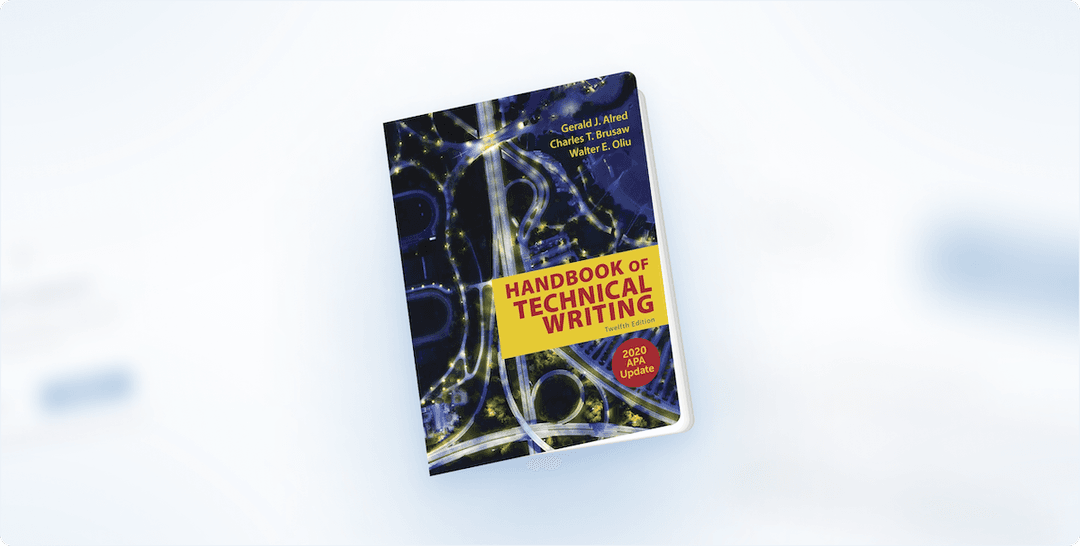Picture yourself wrestling with a messy website—links leading nowhere, pages lost in cyberspace, and everyone’s frustration mounting. If that scenario rings a bell, then “Information Architecture: For the Web and Beyond” by Louis Rosenfeld, Peter Morville, and Jorge Arango is the perfect guide to help you wrangle that chaos and create digital experiences that just make sense. This book, often dubbed the “Polar Bear Book,” dives deep into the art and science of structuring, organizing, and labeling content so people can find what they need without tearing their hair out.
1. The Foundations of Information Architecture
The authors open by emphasizing how vital Information Architecture (IA) is in an era overflowing with data and content. IA, at its core, seeks to connect users to the right information in the simplest way possible.
One key insight is that IA extends beyond websites: it’s about making order out of chaos wherever information lives. This can be a company intranet, a government database, or a mobile app. The message is clear: if people can’t find it, it might as well not exist.
2. Why IA Matters More Than Ever
The digital age has placed an ever-growing pile of content at our fingertips, and users expect intuitive navigation. Rosenfeld, Morville, and Arango warn that ignoring IA leads to frustrated clicks, poor engagement, and lost opportunities.
To stay competitive, organizations must adopt IA as a strategic capability, rather than an afterthought. When done right, IA acts like the invisible glue holding a digital product together, making navigation almost effortless.
3. The Building Blocks
Information Architecture rests on four main components: organization, labeling, navigation, and search. Each plays a distinctive role in helping users get what they need.
The book encourages careful, consistent, and user-centric approaches to each component. The authors weave in examples, showing that even a simple naming tweak can turn a confusing navigation menu into something that clicks with users instantly.
4. Understanding User Behavior
The authors stress that understanding how users search, browse, or give up is vital to designing a solid IA. Observing the patterns and frustrations people face is the foundation of a successful structure.
User interviews, usability tests, and analytics are all championed as methods to build empathy with real users. It’s not enough to guess how people look for information—you have to study them in action and incorporate those insights back into the design.
5. Context Is Everything
Context shapes how we organize, label, and retrieve information. The “beyond” part of this book’s title nods to designing IA for mobile, voice interfaces, and more.
By exploring real-world projects, the authors remind us that no two situations are exactly alike. Cultural, organizational, and device constraints influence everything, from navigation patterns to content layout.
6. Tools and Techniques
From card sorting to blueprinting, the book presents a variety of techniques to refine IA. Documentation tools are also explored, helping teams track changes and maintain a solid structure over time.
For example, if you need a collaborative documentation tool to keep your IA consistently updated, www.archbee.com can be handy. Having clear, shared, and easily accessible resources helps the entire team stay on the same page.
7. IA for Teams and Stakeholders
Information Architecture doesn’t exist in a vacuum. It relies on close collaboration among content strategists, UX designers, developers, and business stakeholders.
The authors provide tips for selling IA to decision-makers and building cross-functional teams that can champion it. With clear communication and a few strategic demos, even the most skeptical managers can see the benefits of a well-crafted information structure.
8. Embracing Change
Digital ecosystems constantly evolve, and IA must flex to keep pace. Rosenfeld, Morville, and Arango highlight techniques to test, iterate, and refine structures without breaking the entire system.
Whether it’s adding new features, merging with another platform, or rolling out mobile apps, the key is ongoing evaluation. IA is an active process, not a one-time setup.
9. Case Studies and Examples
Throughout the book, you’ll find stories of companies and projects that successfully used IA to improve user satisfaction. The authors take real-life messes—like a tangle of e-commerce categories—and walk through how they straightened them out.
These examples serve as inspiration and cautionary tales. They demonstrate how IA can unlock new opportunities, whether your goal is boosting sales or simply making people’s lives easier.
10. Looking Ahead
Finally, the authors remind us that Information Architecture is bigger than websites, apps, or even the internet. As technology evolves (think AI and IoT), IA principles will continue to guide how we structure and deliver information.
They call for forward-thinking IA practitioners—folks who aren’t afraid to explore new tools (like www.archbee.com) and adapt to new environments. With the right mindset, IA can help shape the future of how we interact with information in a rapidly changing world.
Conclusion: Keep It Simple (and Smart)
“Information Architecture: For the Web and Beyond” is your map to the messy terrain of digital content. Rosenfeld, Morville, and Arango keep the tone practical and pragmatic, stressing the importance of thoughtful organization in everything from your local library to the wildest reaches of the web. If you’re ready to make information more findable, more usable, and more satisfying for everyone, then it’s time to crack open the Polar Bear Book and start taming that chaos.



